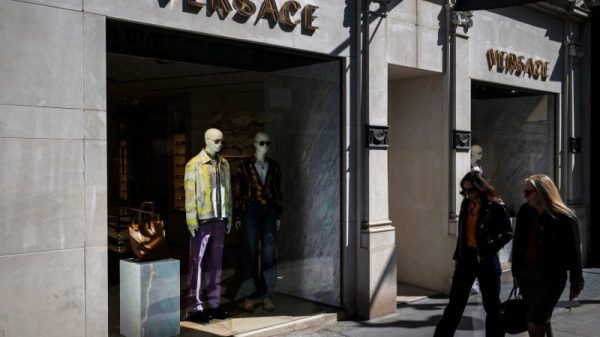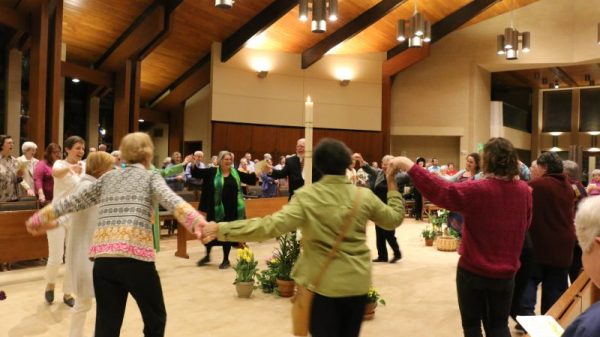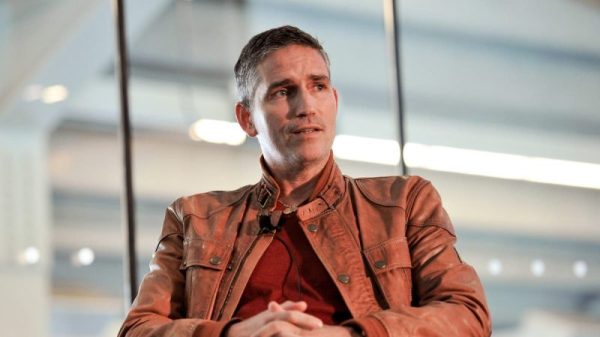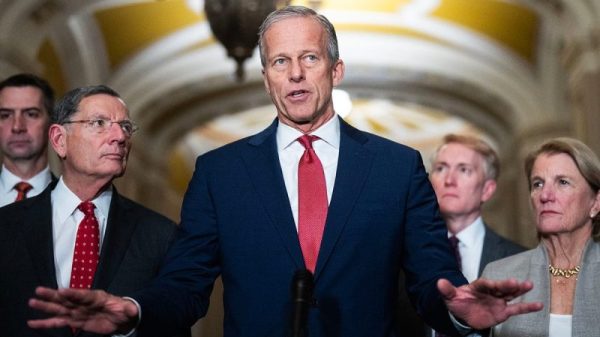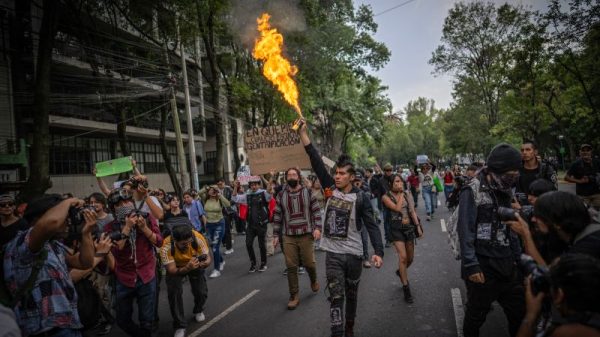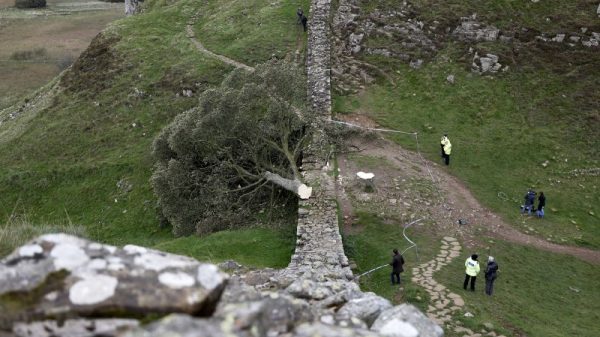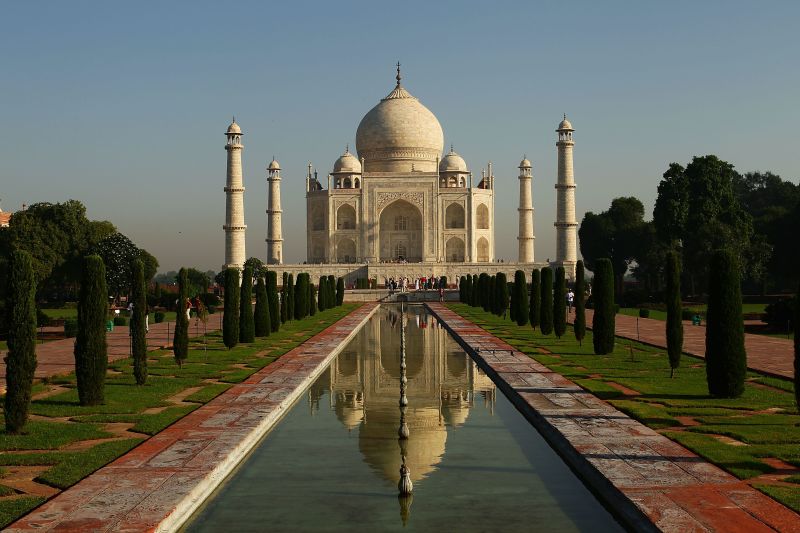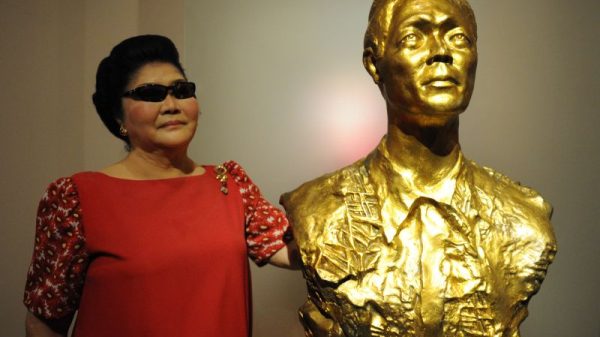Here’s a look at the Taj Mahal, India’s most popular tourist attraction. The monument is located on the banks of the Yamuna River in Agra, India.
Facts
The Taj Mahal was built in the 17th century by Mughal Emperor Shah Jahan to honor his third wife, Mumtaz Mahal, who died in childbirth.
“Taj Mahal” means “crown of palaces” in Urdu and Persian.
In fiscal year 2021-2022, more than 3 million people visited the Taj Mahal, according to statistics from the Indian Ministry of Tourism.
The site is maintained by the Archaeological Survey of India, which has organized multi-year cleaning projects to restore discolored areas on the Taj Mahal’s facade caused by air pollution and excretions from insects coming from the adjacent Yamuna River.
Architecture
The most recognizable feature of the Taj Mahal is the large, white, domed mausoleum, which is surrounded by four tall minarets on each corner. The exterior is made of white marble.
The main building contains two cenotaphs memorializing Shah Jahan and Mumtaz Mahal. A cenotaph is a Greek word that means “empty tomb.” The couple is actually interred in sarcophagi underneath.
The cenotaphs and the screen surrounding them are covered in intricately designed mosaics made of semi-precious stones.
On either side of the Taj Mahal are two buildings made of red sandstone: a mosque and an assembly hall.
The grounds also include gardens and a long reflecting pool.
Timeline
1628 – Shah Jahan becomes emperor as part of the Mughal dynasty, ruling northern India.
1631 – His wife, Mumtaz Mahal, dies during childbirth.
1632 – Construction of the Taj Mahal begins. It is estimated that 20,000 workers helped build the structure.
1648 – The main mausoleum of the Taj Mahal is completed.
1653 – Additional features, including a mosque, guest house and courtyard are completed.
1666 – Shah Jahan dies and his remains are interred next to Mumtaz Mahal beneath the Taj Mahal complex.
1861 – The Archaeological Survey of India (ASI) is founded in order to help preserve and restore Indian monuments and historical sites.
1899-1905 – Britain’s Lord Curzon serves as the Viceroy of India. During his tenure, he orders the restoration of certain historic places, including the Taj Mahal.
1983 – UNESCO designates the Taj Mahal as a World Heritage site.
July 7, 2007 – The Taj Mahal is named one of the “New Seven Wonders of the World.” as part of an online marketing campaign.
April 1, 2018 – A three-hour limit for Taj Mahal visitors is implemented.
May 9, 2018 – India’s Supreme Court orders the ASI to do a better job with its restoration plan, as discoloration and stains on the Taj Mahal’s exterior have not been resolved as promised.
March 17, 2020 – The ASI orders all monuments and museums to close due to the threat of coronavirus, including the Taj Mahal.
June 14, 2021 – The ASI issues a statement that the monuments and museums closed due to the coronavirus pandemic will reopen June 16, with protective guidelines in place.








